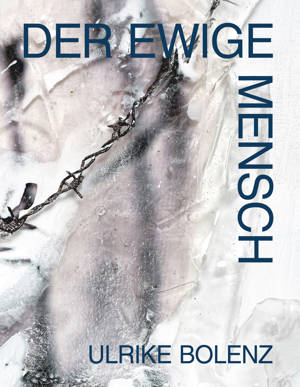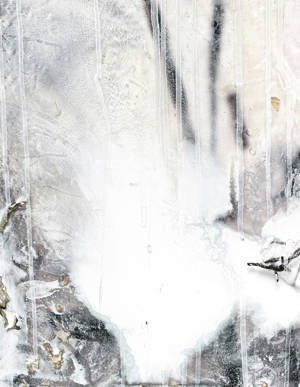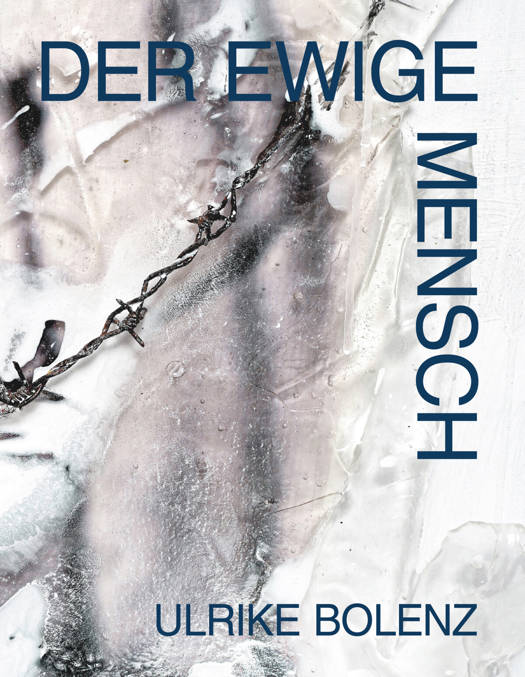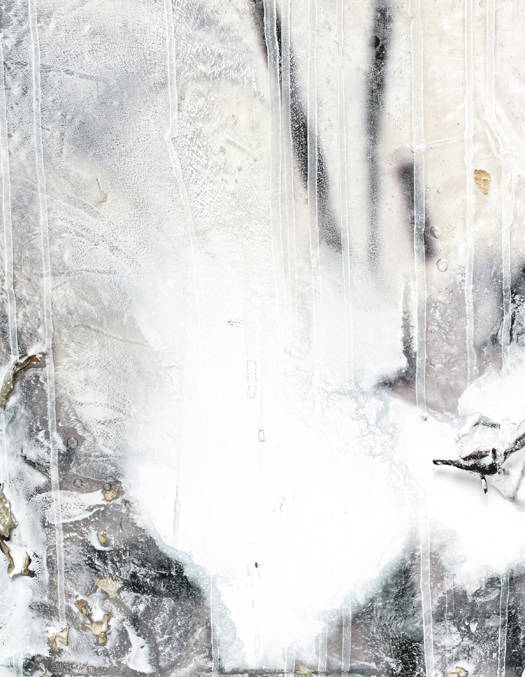
- Afhalen na 1 uur in een winkel met voorraad
- Gratis thuislevering in België vanaf € 30
- Ruim aanbod met 7 miljoen producten
- Afhalen na 1 uur in een winkel met voorraad
- Gratis thuislevering in België vanaf € 30
- Ruim aanbod met 7 miljoen producten


Der ewige Mensch - Ulrike Bolenz
Willem Elias, Gilbert Putteman, Werner De Prins, Marianne De Backer, Klaus Flemming, Susanne Kudielka, Frederic De Meyer, Evol Manuel Puts, Ingrid Van Hecke, Marc Ruyters, Marion AghteOmschrijving
The more you are confronted with the oeuvre of Ulrike Bolenz, the clearer it becomes that her art implies that one must learn to understand the chemistry of things, both literally and figuratively.
Ulrike explains her technique as follows: “I film the model in my studio. Straight from the screen, I take pictures of the video. I then manipulate these video stills on the computer. I then treat the images chemically and apply them digitally (using analogue and digital photographic techniques) to large transparent acrylic sheets about 2 meters in height. After this, I edit these plates and install them in the room. Finally, I connect the different transparent layers with paint. Her idiosyncratic art balances innovatively between tradition and experiment.
Technique and diversity of materials unmistakably play an essential role. Ulrike switches easily from one language to another, from one medium to another. In her complex art practice, she is constantly taking new paths.
The book is divided into two large parts. The first part is printed in full-colour and shows her large artworks. The second part of the book is printed in a dark blue Pantone colour and illustrating the story behind the artist and her work. In the book, there are two interventions with paper. One side of the paper is glossy and shows a sculpted work of Ulrike made of transparent, shiny material, the other side of the paper is matte and displays an artwork of rough matter. On the cover of the book we can see the artwork ‘Der Ewige Mensch’, printed on a paper-covered hardcover. Wrapped around the cover is a plastic dust jacket with the title printed on it, to further emphasize the contrast between rough and shiny.
-Tina De Souter
Specificaties
Betrokkenen
- Auteur(s):
- Uitgeverij:
Inhoud
- Aantal bladzijden:
- 248
- Taal:
- Nederlands, Frans, Engels, Duits
Eigenschappen
- Productcode (EAN):
- 9789464363098
- Verschijningsdatum:
- 8/11/2021
- Uitvoering:
- Hardcover
- Afmetingen:
- 240 mm x 310 mm
- Gewicht:
- 1500 g

Alleen bij Standaard Boekhandel
Beoordelingen
We publiceren alleen reviews die voldoen aan de voorwaarden voor reviews. Bekijk onze voorwaarden voor reviews.












